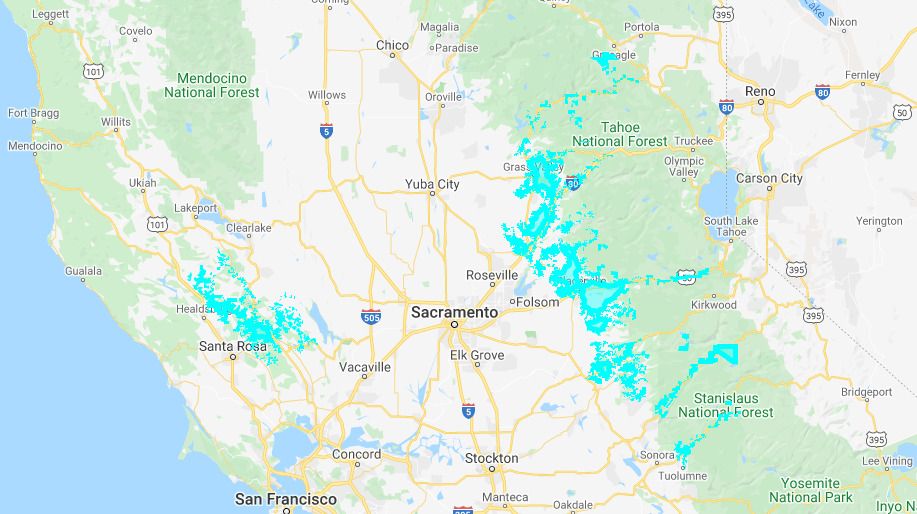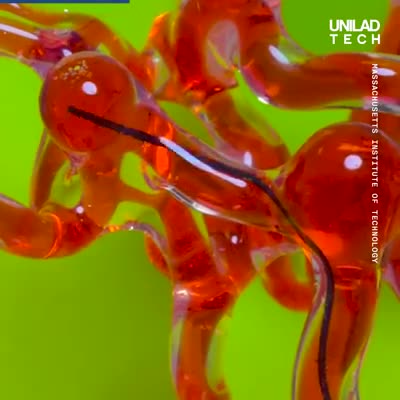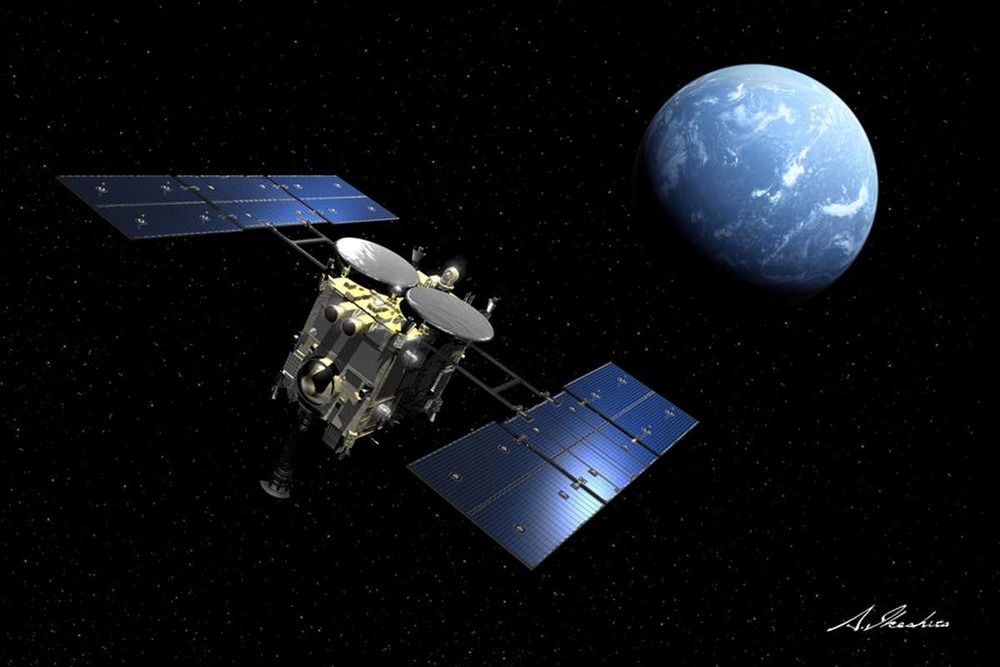Some areas west of Interstate 95 could see double-digit snowfall totals and power outages.


Recently, there has been a lot of talk about the impending collapse of the dollar and the rise of Bitcoin. Unfortunately, today I am here to confirm that much of this talk is accurate.
Discord Link: https://discord.gg/brYJDEr.
Patreon link: https://www.patreon.com/TheFuturistTom.
Please follow our instagram at: https://www.instagram.com/the_futurist_tom.
For business inquires, please contact Technovisionaries1205@gmail.com

Ineurals — advanced neuro-technologies for rapid learning and skill acquisition.
The 711th Human Performance Wing, under the U.S. Air Force Research Laboratory leads the development, integration, and delivery of Airman-centric research, education, and consultation enabling the U.S. Air Force to achieve responsive and effective global vigilance, global reach, and global power now and in the future. It’s comprised of the United States Air Force School of Aerospace Medicine and the Airman Systems Directorate, whose science and technology competencies include Training, Adaptive Warfighter Interfaces, Bioeffects, Bioengineering, and Aerospace and Operational Medicine.
The Individualized Neural Learning System, or iNeuraLS, is a new augmented learning platform that will enable rapid learning by closed-loop modulation of cognitive states during skill acquisition. Essentially, the AFRL team seeks to develop a capability that will give Airmen the ability to rapidly acquire knowledge and skills on the fly through direct brain interfaces with the help of neurotechnologies.
And we have not 1, but 2 fascinating guests on the show with us today:
Dr. Nathaniel Bridges serves as the Neural Interfaces Team Lead within the Air Force Research Laboratory’s Cognitive Neuroscience Section. In this role, he and his team seek to find and enable ways to link the human brain/nervous system with technology in a manner that will benefit the Air Force. This in part relies on testing and evaluating current and emerging Brain Machine/Computer Interface technologies for the Air Force and investigating the impact of various neuromodulation technologies on cognitive performance. Dr. Bridges has his PhD. in Biomedical Engineering, from Drexel University, in Philadelphia, PA USA.


At-risk Coloradans might get the first doses of a COVID-19 vaccine as soon as next week.
In an interview with Colorado Matters on Friday, Gov. Jared Polis said the Pfizer vaccine would be made available first, followed a few weeks later by the Moderna vaccine. Both vaccines require two doses with 30 days in between.
“We are only hopefully a week away from the first highly effective vaccine arriving at our state,” he said. “And I would encourage anybody just to look at the data on the efficacy of this vaccine — 90 percent, 94 percent, there’s two of them.”

The founder of a startup that helps cars drive themselves just became a billionaire — and he’s barely old enough to rent a car on his own.
Luminar Technologies CEO Austin Russell, 25, secured a hefty fortune after his company’s stock market debut this week. The Florida-based firm — which he founded when he was just 17 — makes so-called lidar scanners that use lasers to give autonomous cars a three-dimensional view of the road and what’s around them.
Luminar’s share price surged nearly 28 percent on its Thursday debut to close at $22.98, giving the company a market value of about $7.8 billion, the Wall Street Journal reported.


Google has started negotiating with Japanese media companies to sign them up as partners in its new program called Google News Showcase.
The recently launched project involves Google paying news publishers to deliver their stories.
Google has already signed partnerships with about 400 news organizations in 7 countries, including Germany and France. The company has invested more than 1 billion dollars in the project.

A 15-year-old Colorado high school student and young scientist who has used artificial intelligence and created apps to tackle contaminated drinking water, cyberbullying, opioid addiction and other social problems has been named Time Magazine’s first-ever “Kid of the Year.”
Gitanjali Rao, a sophomore at STEM School Highlands Ranch in suburban Denver who lives in the city of Lone Tree, was selected from more than 5,000 nominees in a process that culminated with a finalists’ committee of children, drinking water crisis in Flint, Michigan, inspired her work to develop a way to detect contaminants and send those results to a mobile phone, she said.
“I was like 10 when I told my parents that I wanted to research carbon nanotube sensor technology at the Denver Water quality research lab, and my mom was like, ” A what?” Rao told Jolie. She said that work ” is going to be in our generation’s hands pretty soon. So if no one else is gonna do it, I’m gonna do it.”